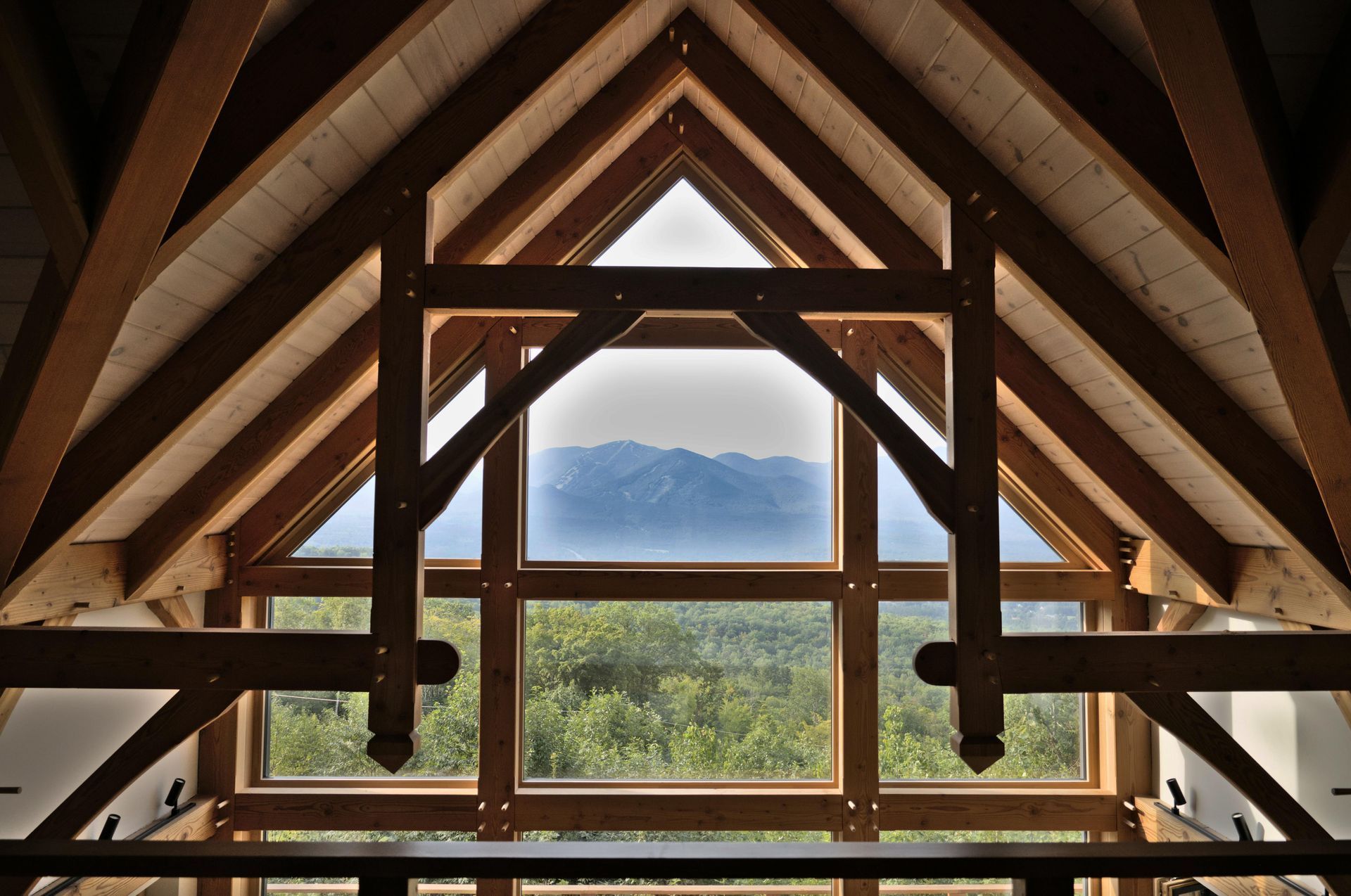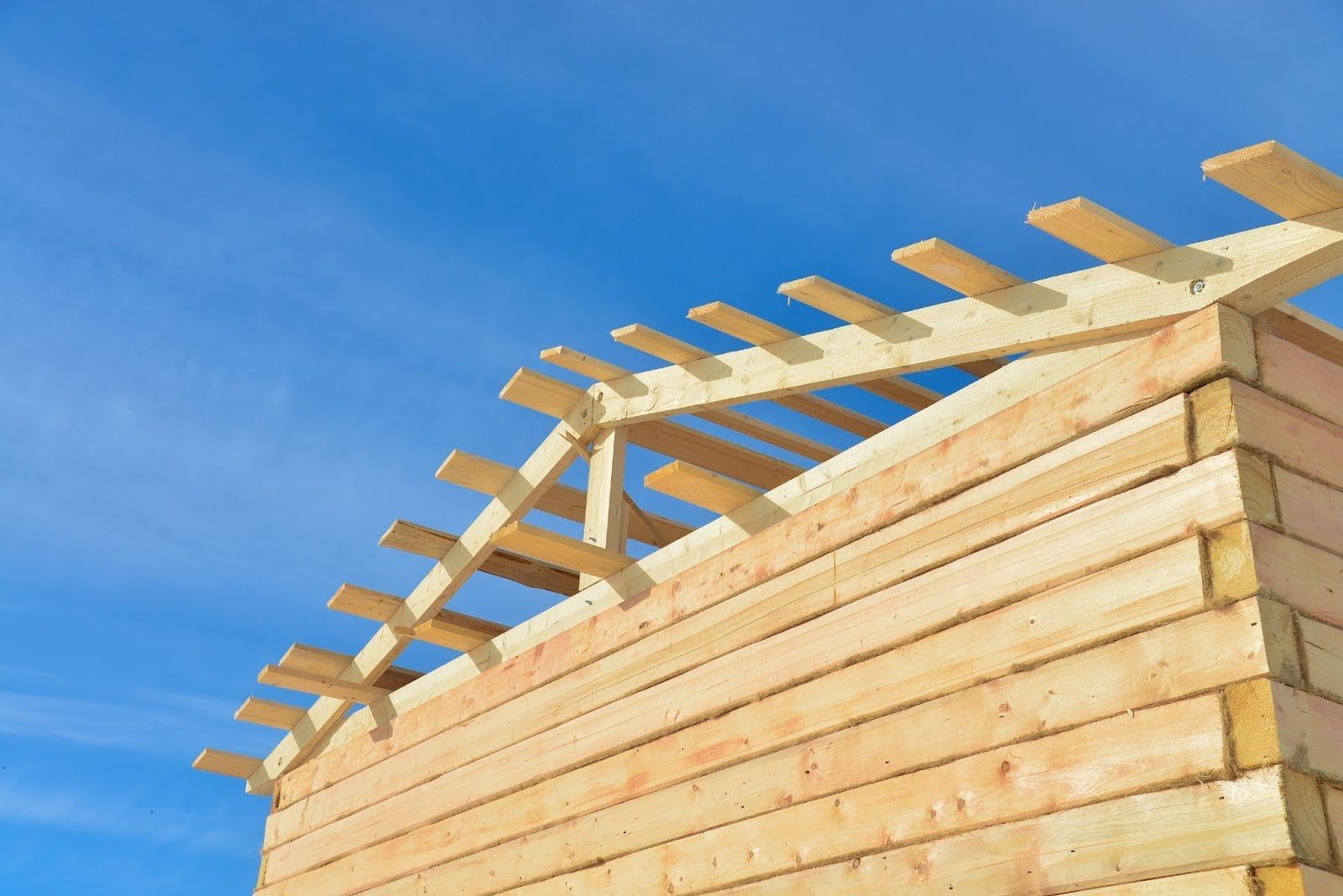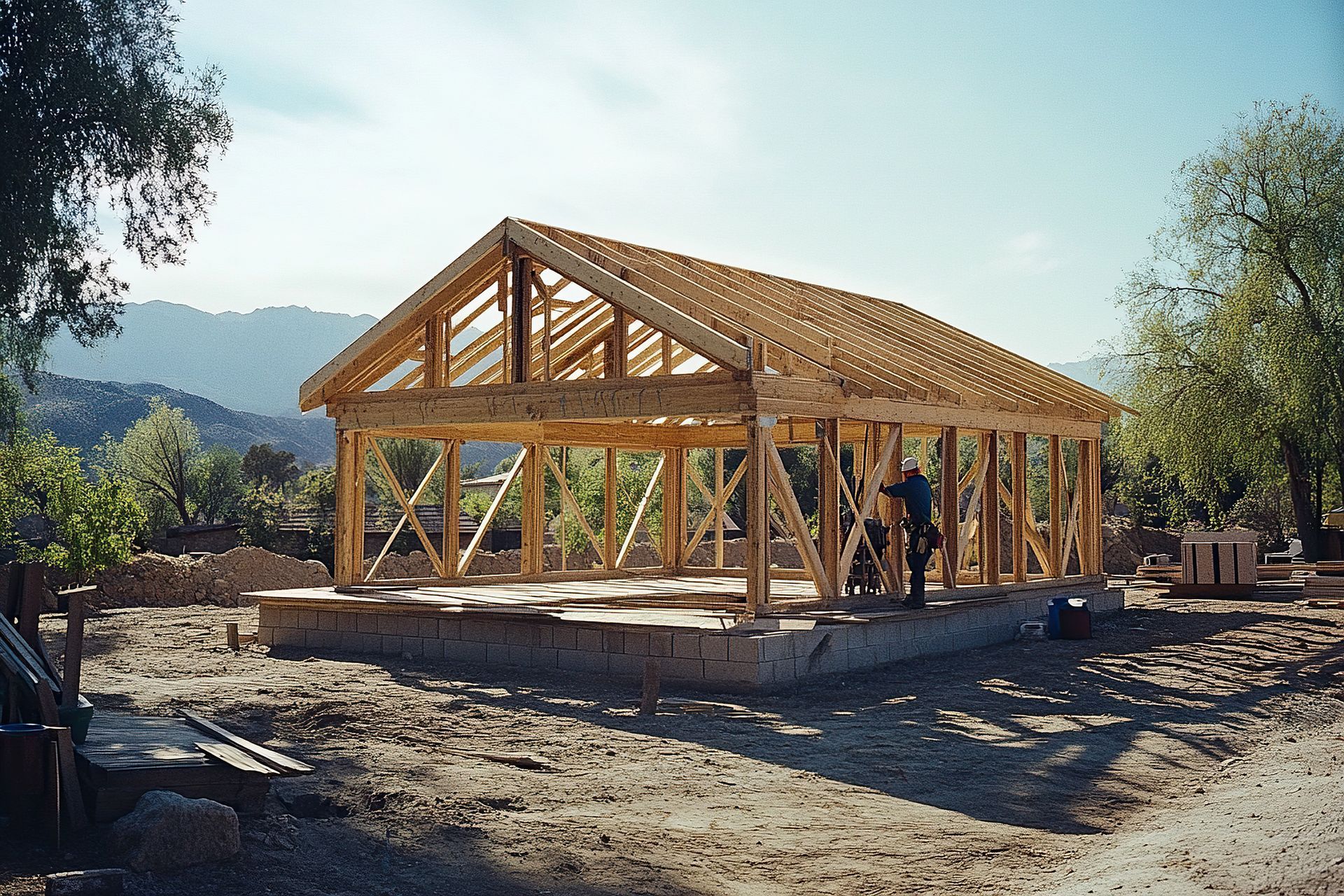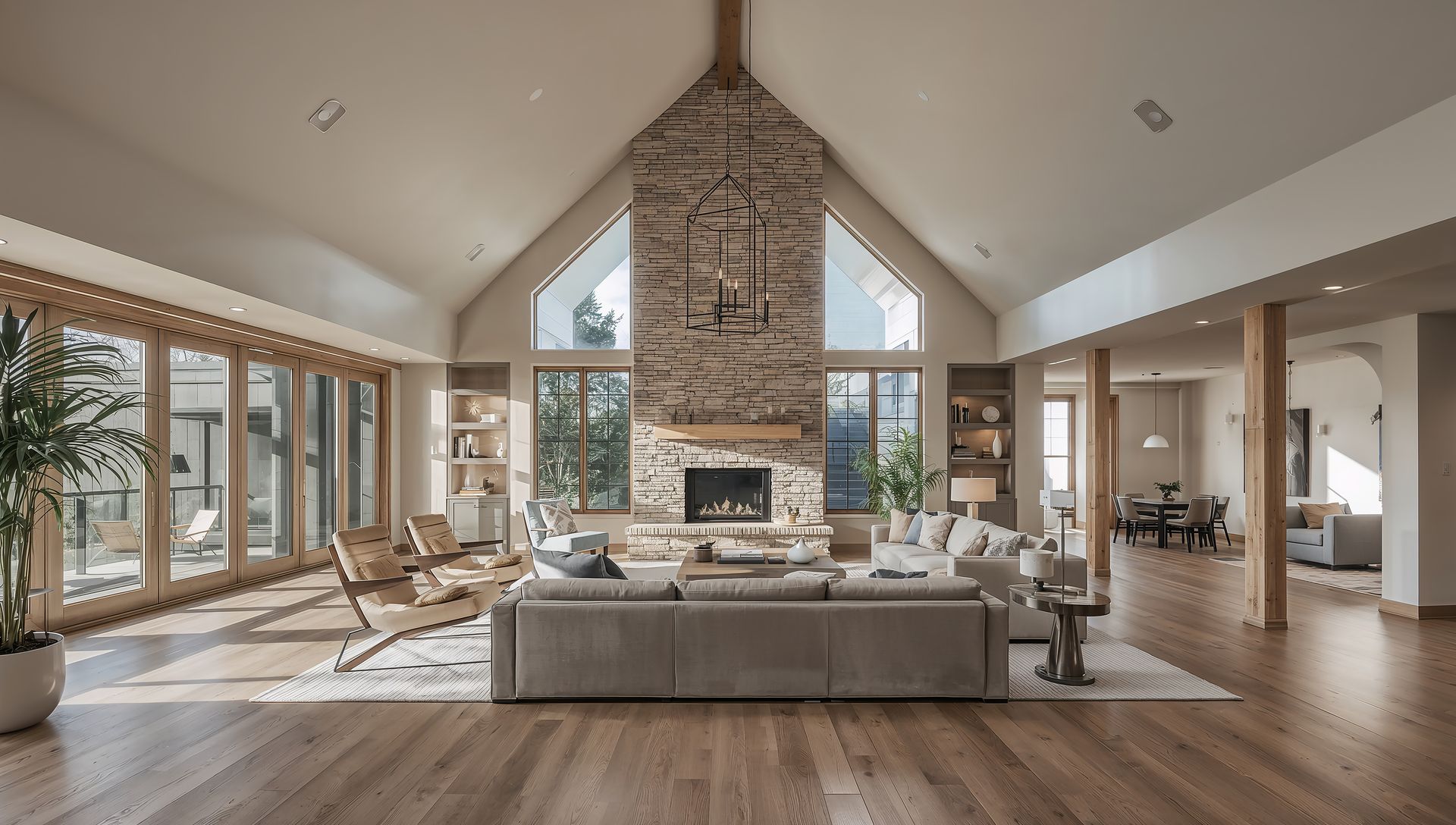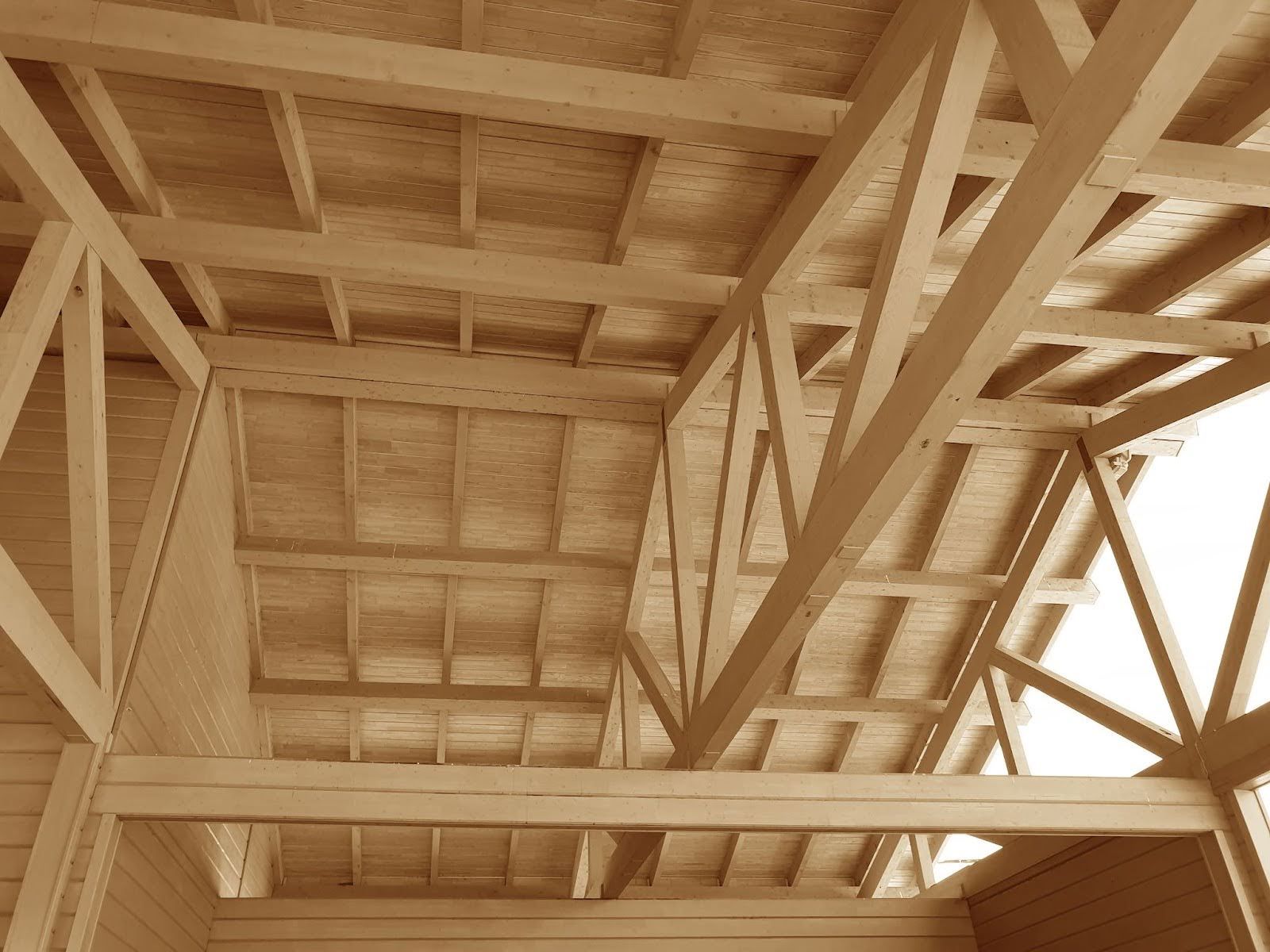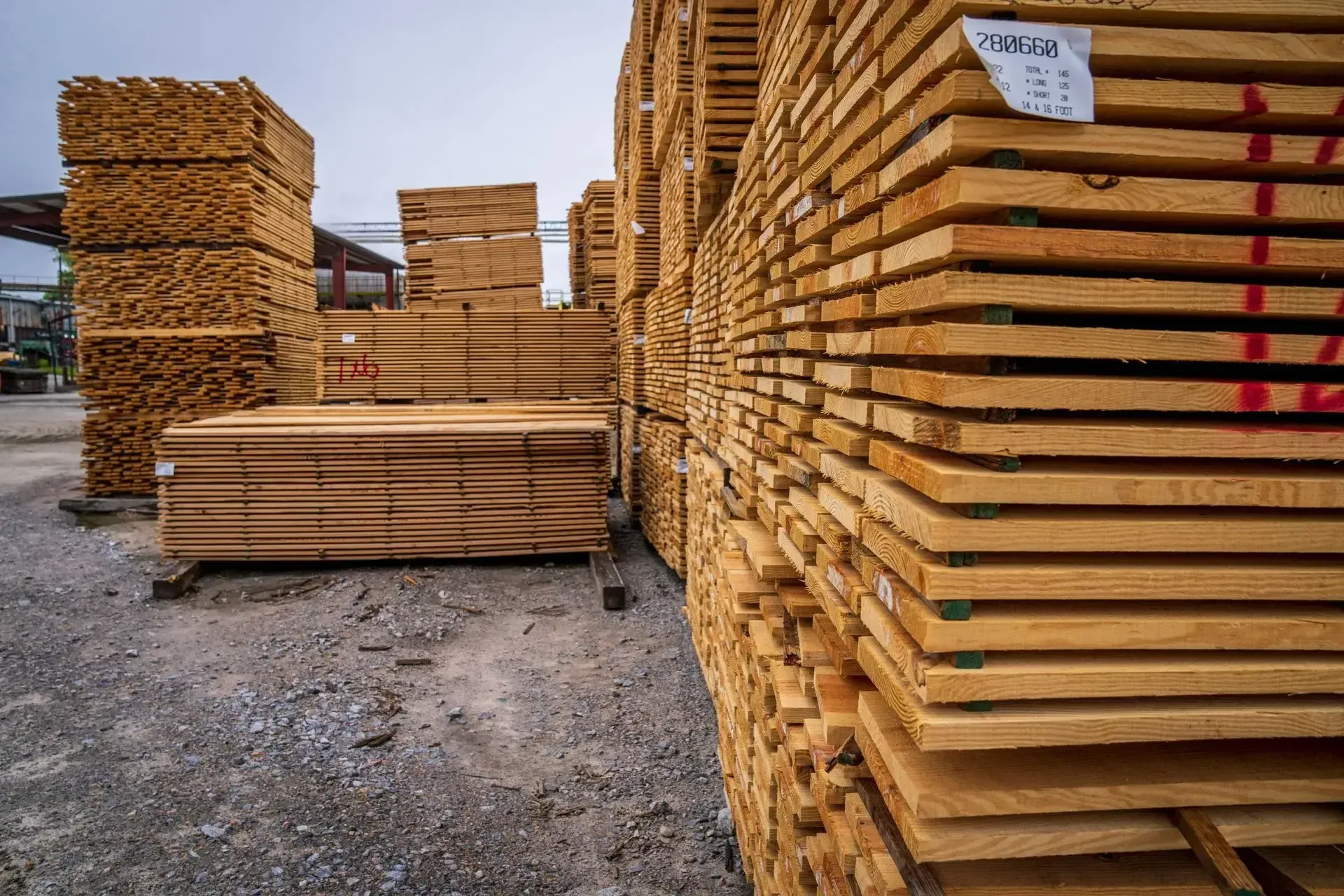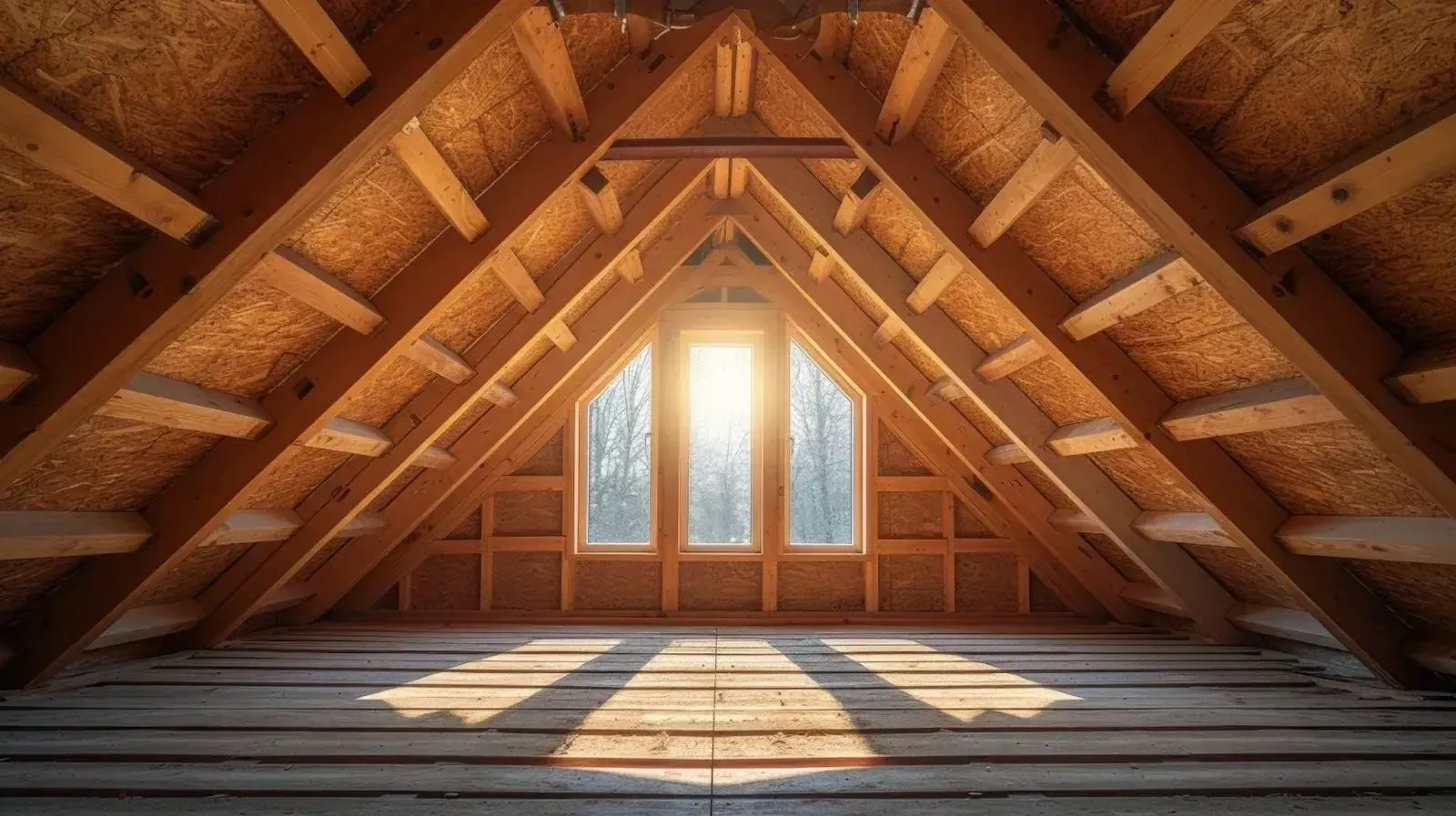Strengthening Structures: How Modern Engineering Enhances Truss Design
When you look up at the roof of a new home, a commercial warehouse, or a sprawling agricultural barn, you’re likely seeing the result of centuries of engineering progress. Trusses—the framework that holds roofs and floors steady—are an unsung hero in construction. At Ramona Lumber Co., we know how important it is to keep up with the latest innovations, not just in materials, but also in how we design and analyze these vital structures. Today’s advances in engineering are making trusses stronger, lighter, and more reliable than ever before.
The Evolution of Truss Materials: Beyond Traditional Lumber
Lumber remains a core material for truss construction, known for its natural strength and versatility. But in recent years, engineers and manufacturers have begun to incorporate advanced materials into truss design, broadening the possibilities for both residential and commercial projects.
One exciting development is the use of fiberglass composites. These materials are renowned for their remarkable strength-to-weight ratio and resistance to moisture and corrosion. Unlike traditional steel, fiberglass composites do not rust, making them ideal for coastal or humid environments. Fiberglass trusses can be significantly lighter than their steel counterparts while maintaining comparable load-bearing capacity.
Engineered wood products, such as laminated veneer lumber (LVL) and parallel strand lumber (PSL), are also gaining popularity. These high-strength materials are manufactured from thin layers of wood bonded together with durable adhesives, resulting in greater consistency and fewer defects than natural timber. The use of engineered lumber helps ensure every truss meets rigorous quality and safety standards.
For builders and homeowners alike, these material innovations mean stronger, longer-lasting structures and increased design flexibility, all without sacrificing the aesthetic warmth of wood.
Advancements in Load Distribution and Truss Geometry
Traditional trusses distribute weight through triangular units, a classic design that provides balance and stability. However, modern engineering has introduced new ways to optimize load distribution, making trusses more efficient than ever.
Advanced computer modeling allows engineers to simulate how loads move through a truss under various conditions. This has led to the development of hybrid trusses that combine different materials in a single structure, maximizing both strength and cost-effectiveness. For example, a hybrid truss might use steel plates in high-stress areas while relying on engineered wood in regions where flexibility is more important.
Innovations in truss geometry also play a role. By leveraging complex mathematical algorithms, engineers can design custom trusses tailored to the exact needs of a building. These optimized shapes reduce waste and ensure that every component works together seamlessly to support the load.
The Power of Digital Tools: Structural Analysis and Design Software
Perhaps the most transformative change in truss engineering over the past decade is the rise of digital design tools. Sophisticated software allows engineers to model every aspect of a truss, from the choice of materials to the way forces travel through the structure during storms, earthquakes, or heavy snow.
With programs like AutoCAD, Revit, and specialized structural analysis suites, designers can create virtual models and run simulations to predict performance. This level of detail was unimaginable just a generation ago. According to a report by McKinsey & Company, digital engineering tools have improved construction productivity by up to 15% in some sectors.
These tools also help streamline the permitting and approval process. By providing detailed, accurate documentation, engineers can more readily demonstrate compliance with building codes and standards, minimizing delays and costly revisions.
For customers, this means faster project timelines, fewer surprises, and peace of mind knowing their structure is engineered for durability and safety. At Ramona Lumber Co., we utilize the latest in digital design to ensure every truss meets your project’s unique requirements—whether you’re building a cozy home or a massive industrial facility.
Ensuring Safety and Durability in Every Build
Safety is always the top priority in construction, and modern engineering innovations offer new ways to guarantee that every truss will perform as intended for years to come. The use of advanced materials, precision geometry, and digital modeling all contribute to structures that are resilient against the forces of nature and the test of time.
Quality assurance is built into every step, from material selection to final installation. Trusses are tested and inspected to comply with national standards, such as those established by the Truss Plate Institute, ensuring consistency and safety across all projects.
For those interested in green building, engineered wood and advanced composites also offer environmental advantages. They are manufactured to minimize waste and maximize resource efficiency, helping builders achieve sustainability goals without compromising on strength.
Innovation at Ramona Lumber Co: Building for the Future
As a trusted supplier in the region, Ramona Lumber Co. is dedicated to providing our customers with the benefits of these engineering advancements. Our truss solutions are designed and manufactured using the latest techniques and materials, ensuring every project stands strong for generations.
We invite you to explore our resources and connect with our team for expert guidance on your next build. Whether you’re planning a residential remodel or a large-scale commercial development, you can rely on Ramona Lumber Co. for the highest quality trusses and personalized service.
Strengthening structures isn’t just about following trends—it’s about building smarter, safer, and stronger communities. Let us help you bring your vision to life with the latest in truss technology.
